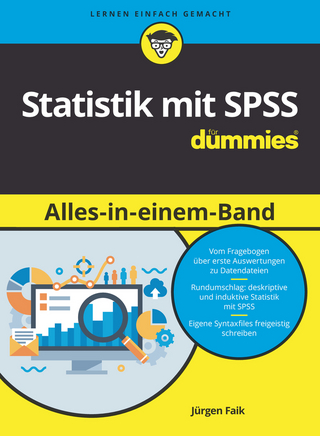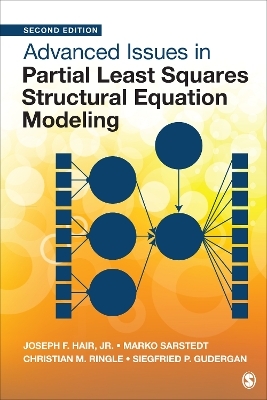
A Practical Guide to Age-Period-Cohort Analysis
Crc Press Inc (Verlag)
978-1-4665-9265-0 (ISBN)
Features
· Gives a comprehensive and in-depth review of models and methods in APC analysis.
· Provides an in-depth explanation of the identification problem and statistical approaches to addressing the problem and clarifying the confusion.
· Utilizes real data sets to illustrate different data issues that have not been addressed in the literature, including unequal intervals in age and period groups, etc.
Contains step-by-step modeling instruction and R programs to demonstrate how to conduct APC analysis and how to conduct prediction for the future
Reflects the most recent development in APC modeling and analysis including the intrinsic estimator
Wenjiang Fu is a professor of statistics at the University of Houston. Professor Fu’s research interests include modeling big data, applied statistics research in health and human genome studies, and analysis of complex economic and social science data.
Wenjiang Fu
1. Motivation of Age - Period - Cohort Analysis Examples and Applications What Is Age-Period-Cohort Analysis? Why Age - Period - Cohort Analysis? Four Data Sets in APC Studies Special Features of These Data Sets Data Source R Programming and Video Online Instruction Suggested Readings Exercises 2. Preliminary Analysis of Age - Period - Cohort Data - Graphic Methods D Plots in Age, Period, and Cohort D Plot in Age, Period, and Cohort Suggested Readings Exercises 3. Preliminary Analysis of Age - Period - Cohort Data - Basic Models Linear Models for Continuous Response Single Factor Models Two Factor Models R Programming for Linear Models Loglinear Models for Discrete Response Single Factor Models Two Factor Models R Programming for Loglinear Models Suggested Readings Exercises 4. Age-Period-Cohort Model - Complexity with Linearly Dependent Covariates Lexis Diagram and Pattern in Age, Period, and Cohort Lexis Diagram and Dependence among Age, Period, and Cohort Explicit Pattern in APC Data with Identical Spans in Age and Period Implicit Pattern in APC Data with Unequal Spans in Age and Period Complexity in Full Age - Period - Cohort Model Regression with Linearly Dependent Covariates Age-Period-Cohort Models and the Complexity R Programming for Generating the Design Matrix for APC Models Suggested Readings Exercises 5. Age-Period-Cohort Model - The Identification Problem and Various Approaches The Identification Problem and Confusion Two Popular Approaches to the Identification Problem Constraint Approach Estimable Function Ap
| Zusatzinfo | 50 Illustrations, black and white |
|---|---|
| Verlagsort | Bosa Roca |
| Sprache | englisch |
| Maße | 156 x 234 mm |
| Gewicht | 521 g |
| Themenwelt | Geisteswissenschaften ► Psychologie |
| Mathematik / Informatik ► Mathematik ► Computerprogramme / Computeralgebra | |
| Naturwissenschaften ► Biologie | |
| Sozialwissenschaften ► Soziologie ► Empirische Sozialforschung | |
| ISBN-10 | 1-4665-9265-6 / 1466592656 |
| ISBN-13 | 978-1-4665-9265-0 / 9781466592650 |
| Zustand | Neuware |
| Haben Sie eine Frage zum Produkt? |
aus dem Bereich


